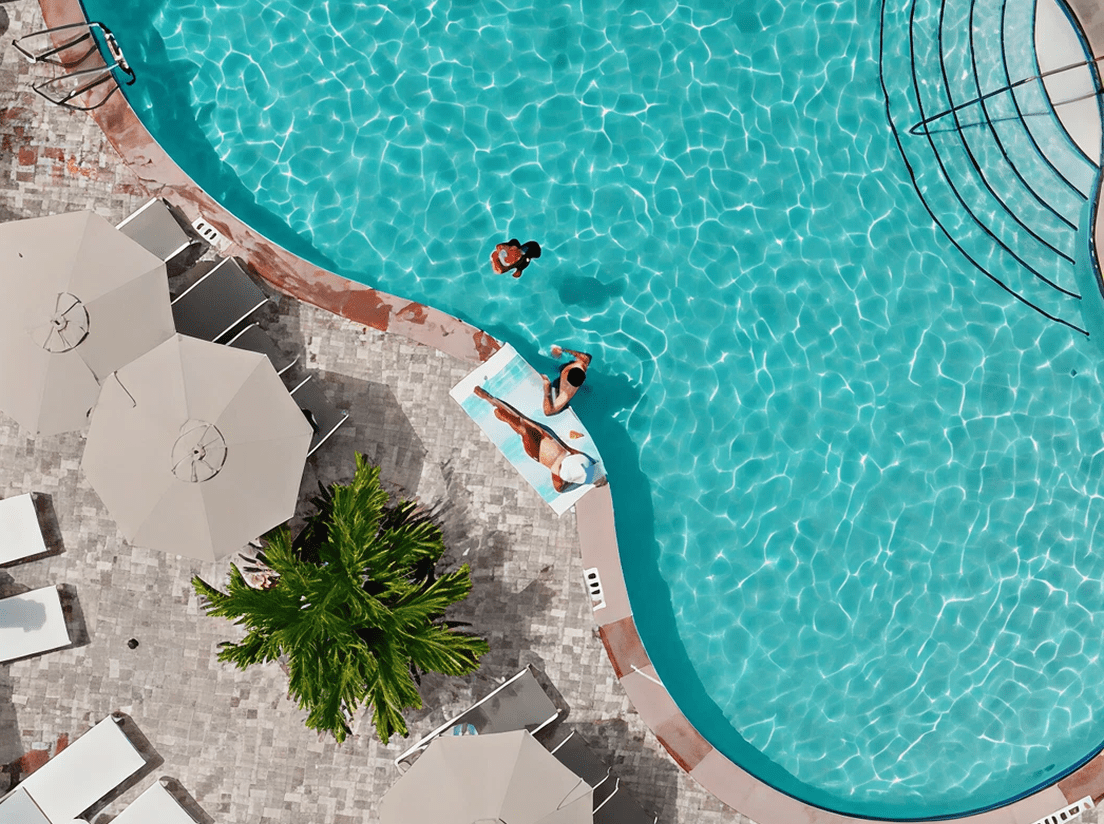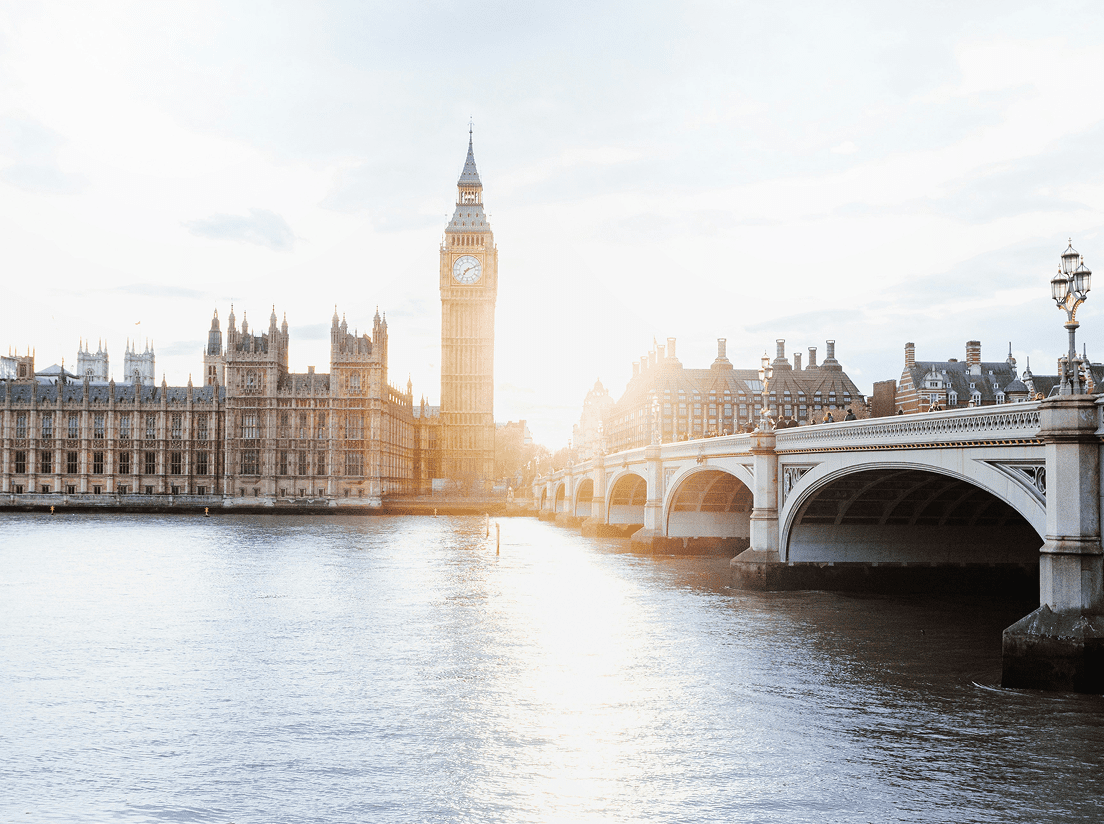
In Part 1 of our Hotel Recovery How-To, we dove into the process of analyzing data to inform your hotel recovery strategy. Give it a read to refresh yourself on some chart-reading tips. As hoteliers, a lot is out of our control at the moment. People still want to travel, but many are afraid of boarding a plane or even driving to another state. Travel will only rebound once people are more comfortable. But that doesn’t mean we have to sit around and wait.
The most proactive hotels are focusing on many new operations such as cleaning protocols, food and beverage outlets, and new promotions. On the digital marketing front, one of the best ways to support these new beginnings is through content—especially if your hotel or resort is still opting out of the paid media marketplace. With each region seeing a jump in people looking to travel, there has never been a better time to produce content.
Returning to our Beachy Keen example from Part 1. Their analysis has revealed the following results:
- Who and Where: The main audience is people in their twenties and thirties that live in the state of Florida
- Why: Users are interested in direct beach access
- When: People hope to travel within the next 30 days, so summer is important
Step 1: Identify What Users are Interacting With
Use a report like “All Pages” in Google Analytics to identify the most popular pieces of content over the last month. Getting a sense of user behavior on the website can lead to new funnels that didn’t exist before the pandemic. For Beachy Keen, they notice a large uptick in food & beverage visitors as well as the “Location” page on their website.
Before, these may not have cracked the top 10, but new behaviors are emerging. They can now optimize these pages with items like call-to-actions and internal links in order to better lead users down the booking funnel. What was once simply informative content is now playing a bigger role in conversion.
Step 2: Repurpose Old Content
There is no need to create new content if there is existing content to support the strategy. We can assume Beachy Keen has been developing a must-read blog for the last three years, just like everyone else, right? This has resulted in a treasure trove of content that may have been forgotten, even though it’s important to revisit old content on a monthly or at least quarterly basis.
When analyzing old content, Beachy Keen finds a piece all about beach activities and proximity to the nearest sand. Perfect. They can now update this piece to be relevant for the current times and use it as part of the booking funnel and messaging on the website.
Step 3: Develop New Content
Not every part of the strategy can be satisfied with repurposing old content. Ironically, the pandemic has provided a great time to create new pieces. Google is looking even harder for meaningful content, as shown in its most recent algorithm update, which shook the hospitality industry.
Beachy Keen has satisfied its beach-goers with information regarding beach access and fun activities. However, there needs to be a strategy for the user location that was discovered in the first step. Most of their traffic is coming from cities near the hotel, also known as the drive market.
In order to speak to these people, Beachy Keen decided to develop a series of road trip articles that entice users to drive to their property for a weekend on the beach. These pieces also feature new summer and fall promotions that were developed in the previous stage. Their new content strategy now hits every part of the audience and can be used for the booking funnel and paid media efforts.
Did you enjoy the read?
Get original hospitality industry insights delivered to your inbox. Sign up to receive Screen Pilot’s Weekly COVID-19 Resource Center Update






